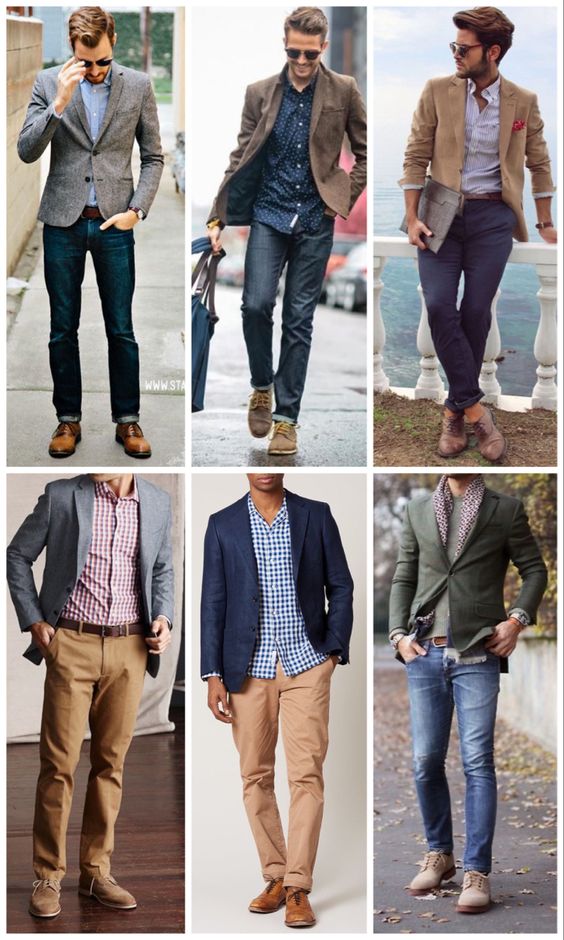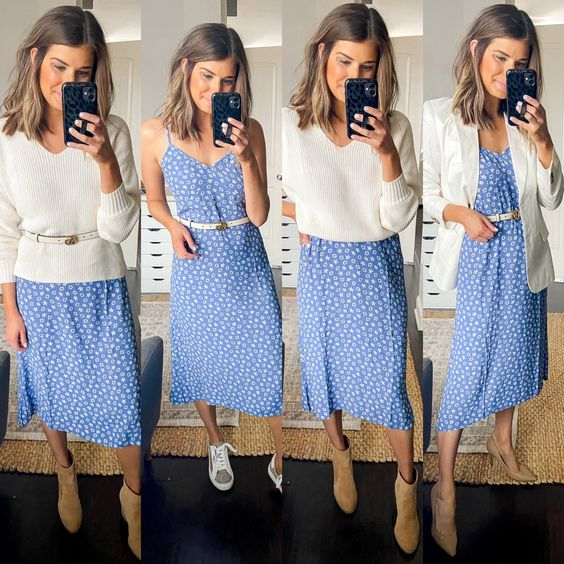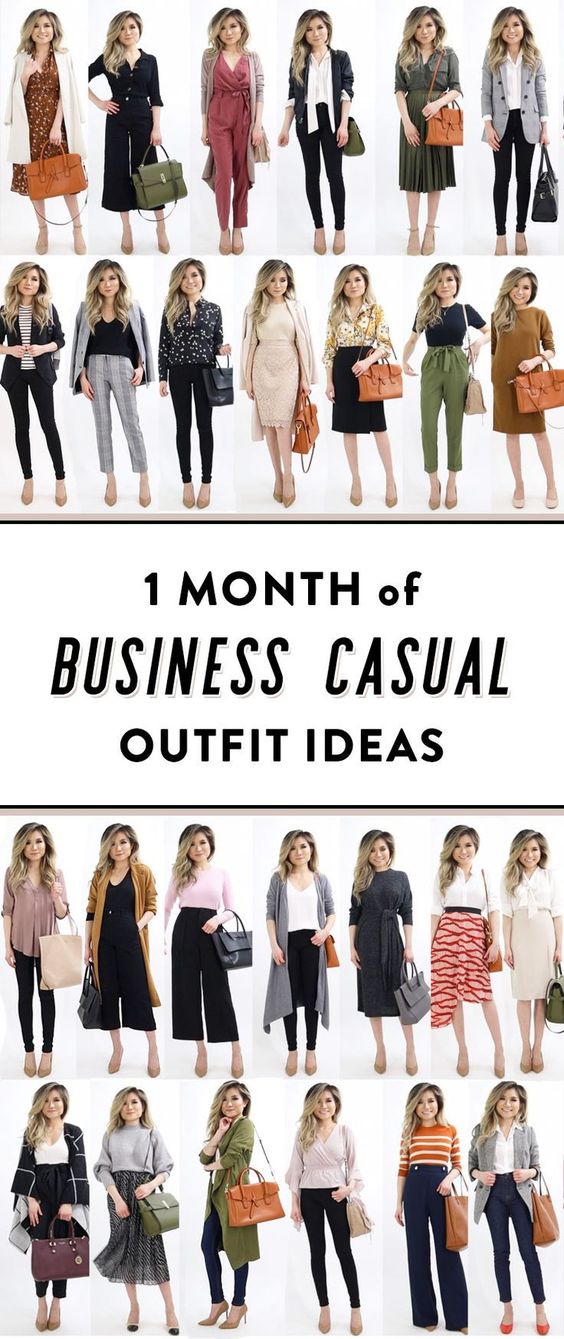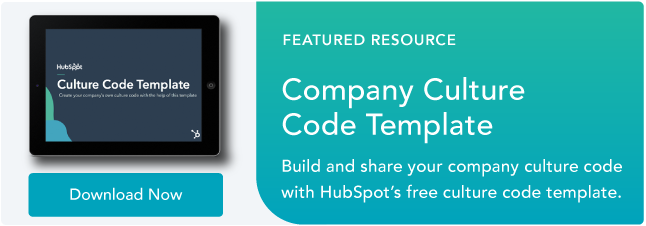MARKETING
What is Business Casual in 2023? Give Your Office Outfit a Gut Check

I remember my first internship — more specifically, its dress code, which left me googling, “What does business casual mean?” Then, I took a shopping trip for blouses, comfortable slacks, and sensible flats to replace my sneakers.
During the tech boom in 1990, many tech companies opted for more laid-back, innovative workwear. This led to the origin of what’s known as “business casual attire.” Soon, other industries and businesses followed, acknowledging the importance of employee comfort over the traditional formality of office wear.
But what exactly is business casual attire? Though the term is mostly ambiguously defined, there are some commonly accepted guidelines across the board. In this blog post, I set out to deconstruct “business casual” to help you understand and dress accordingly.
Table of Contents
What is business casual attire?
Business casual (or smart casual) strikes a balance between formal and informal.
It’s less formal than traditional business wear but maintains the level of professionalism suitable for a workplace. Business casual outfits combine comfort with elements of both professional and casual attire.
For example, I could pair a pleated skirt with a short-sleeved blouse for my jaunt to the office. If the air conditioner was blasting, I might grab a cardigan or colored blazer to stay warm.
The look is class, yet comfortable. If you saw the outfit on Pinterest, you’d picture a cozy office in the background.
A business casual approach to dressing not only provides employees with more comfort and flexibility but also allows them to express their personal preferences and style. The more relaxed you are at work, the better your performance will be.
A recent study by Adzuna, which analyzed over 27 million job postings across various industries, suggests that workplaces are becoming more casual.
A significant 56.8% of job ads specified a “casual” dress code, while 42.4% of job ads followed a “business casual” dress code.
Though business casual office wear is on the rise, outfits differ from city to city. For example, 68% of job postings in the Los Angeles area mention a casual dress code. In this scenario, jeans, a work-appropriate t-shirt, and comfortable sneakers may be in vogue.
Now, let’s turn to the D.C. metropolitan area. Over 70% of job postings require business casual attire. It’s time to buy slacks and button-ups if you don’t have them already.

While interpretations of “business casual” may vary across industries and professions, here are some best practices that are universally agreed upon.
11 Best Practices for Dressing Business Casual

1. Wear your size.
The difference between a frumpy blouse and an outfit that looks modern is often tailoring. Even a simple blazer will look better if it properly fits the wearer.
Choose clothing that fits you well and flatters your body shape. Avoid wearing excessively loose or tight-fitting clothes.
2. Footwear matters.
Shoes play an important role in completing your look. Select shoes that compliment your ensemble — high heels, espadrilles, loafers, or classic sneakers.
Leave open-toe shoes such as sandals or flip-flops for the beach.
Personally, I like a pair of comfortable flats, Mary Janes, or plain sneakers in a neutral tone. Whether I’m walking the hallways or grabbing lunch, I always feel comfortable.
Pro tip: Do you have a walking-intensive commute? Consider leaving a pair of dress shoes in the office, so you can swap into your work wear once you get to your desk.
3. Accessorize appropriately.
A good accessory can make an outfit.
However, when it comes to jewelry, less is more. If you have one statement piece, like earrings or a necklace, consider keeping the rest of your accessories simple.
Don’t let them overpower your outfit.
A watch can also be a helpful accessory with a clear function. If you like to keep track of the time, a watch allows you to do so without pulling out your phone.
4. Keep it neat.
On laundry day, it’s tempting to let your clothes sit in the dryer.
However, pulling them out can be the difference between wearing a wrinkle-free outfit and looking rumpled. Ensure your clothes are ironed, clean, and free from tears or holes. Make sure all seams are finished.
Ironing is one of my least favorite chores. Instead, I use a steamer or look for options that don’t require ironing. You don’t need to take hours to look presentable; you just need the right wardrobe.
5. Consider the occasion.
Before a party, I often find myself texting a friend to ask what I should wear. I may even ask for a picture of their outfit, just to confirm that I’m dressed for success.
Work events are no different.
You’ll want to dress appropriately for any meetings, conferences, speaking events, or presentations on your agenda. It never hurts to seek advice from a colleague or a work friend to gut-check your outfit.
6. Layer up.
At one of my office jobs, the building cranked up the heat in the winter and blasted the AC in the summer.
Knowing exactly what the temperature would be inside was unpredictable. The temperature outside the building was at least 10 degrees different than the temperature inside.
To prepare, I always had a sweater at my desk, a blazer, and a pair of flats that didn’t need socks. I could then throw on more clothes if our office was too cold or change into cooler shoes during the warm months.
In the hot summer months, be prepared for outdoor heat and indoor air conditioning by wearing easily removable layers to adjust your comfort level.
7. Overdressing is better than underdressing.
During my first job interview, I walked through the door in a full suit. However, my interviewer was dressed more casually, wearing slacks and a button-up.
Once I had the job, I found out that dressing more formally made me look more prepared than other applicants who arrived in jeans.
The point of this short anecdote? When in doubt, err on the side of formal. Blazers and jackets are always a nice addition.
8. Dress modestly.
When scrolling TikTok, I’ll see an outfit of the day video. Here, users show off what they plan on wearing to the office.
The best outfits are tailored and paired with tasteful accessories. They may be sleeveless or have knee-length dresses. The most confusing outfits are crop tops and mini-skirts, especially for business casual workplaces.
Avoid wearing clothes that reveal too much skin. Backless, low-cut tops or crop tops are a huge no.
9. Avoid athleisure.
You won’t wear office attire to the gym, so don’t wear your gym attire in the office.
We all love to be comfortable, but athleisure isn’t appropriate for the business casual office. Instead, invest in a pair of slacks that are comfortable and stretch.
You can even look for a pair of business-casual plants that feel like yoga pants when you wear them.
10. Avoid graphic designs.
I can definitely wear HubSpot swag during a day in the office. However, if I’m going to a business casual event, I’ll opt for smaller or embroidered logos.
Large graphic designs can be distracting. Further, not every message on a graphic tee shirt is appropriate for the office. Steer clear of provocative prints or clothing with inappropriate logos or text.
11. Create a capsule wardrobe.
Getting dressed in the morning doesn’t have to be a lengthy process.
This is especially true if you have a capsule wardrobe, or a closet of basic workwear that you can mix and match. That may include slacks that match with a variety of shirts.
I have a wide range of skirts in different colors that I can pair with different plain tops. This allows me to express my personality, keep my wardrobe visually interesting, and still stay business casual.
Plus, getting dressed in the morning takes minutes — no contemplation required.
Pro tip: Familiarize yourself with your company’s dress code policy and consult with your HR department regarding what’s appropriate and what’s not.

Getting Business Casual Right
The Masculine Guide to Business Casual Dressing
No matter your gender, you may want to achieve a masculine look that fits with your office’s business casual dress code. Here are some options of what to wear that can help you stock your closet.
Blazers
Blazers are a timeless classic for all genders. Opt for professional colors like black, gray, blue, and other dark shades to add a business touch to your outfit.
In most business casual settings, you can wear a fitted tee shirt or sweater so long as you put a blazer on top.
Keeping one formal blazer at the office can come in handy for presentations and impromptu meetings.
Looking to add some more color to your outfit? You can add a blazer in one of your favorite shades to create variety in your wardrobe.

Shirts
Long-sleeved, button-down collared shirts are the perfect choice. Choose tasteful patterns like checks, stripes, or microprints. You may go for polo shirts, but that depends on your company culture and occasion.
Pick either classic darks or light neutral colors. Avoid bright or flashy colors and loud patterns.
The best part? You don’t need a tie in a business casual setting.
Pants
Nice trousers, slacks, or pressed khakis are a safe choice. Pants should be cotton or linen. Although wool is fine, silk and rayon are no-no’s.
Choose dark or neutral-toned colors that compliment your shirt. Again, avoid bright colors and loud patterns. And remember to wear a belt.
The length of your pants should reach to the top of your shoe or a little longer — but not so much that they’re bunching at your feet.
Shoes
In the business casual office, formal dress shoes are always safe. You can also opt for loafers or ankle boots in leather or suede if you’re super in-vogue.
Even if you love sailing in your free time, no boat shoes. Avoid athletic socks.
Some offices include classic, plain sneakers in their dress codes. Be sure to ask your HR department or manager before you wear sneakers to work.
Accessories
Accessories are a great way to personalize your outfit. Always wear a belt. Wristwatches are a nice touch. You don’t have to wear cufflinks (phew!)
If you love suspenders, you can add them to your outfit. If you like socks with patterns, that can help you personalize the look.
Just remember, with accessories, less is more. Don’t experiment with every bell and whistle. Once you find your personal style, you can include a set rotation of your favorite accessories.
Outerwear
Your outerwear should match the seasons in your area. While we always recommend having a backup blazer in the office, you’ll also want to have a v-neck sweater, a nice jacket, or a peacoat for the winter.

How is this different from business formal?
Business formal requires a full suit every day. Your blazer and slacks must be made out of the same material and have the same shade.
You’re also limited to neutral, dark colors. You’ll often find matching black, dark gray, or dark blue suits paired with light-colored shirts. A tie is also required every day.
Business casual wear can incorporate more variety. You can wear lighter-colored blazers and pants. There’s an opportunity to experiment with prints and a wider range of colors. For business casual, these guys have it down.

Feminine Business Casual Dressing
Perhaps you’re going for a more feminine look for your office wear. No matter your gender, we recommend using the following guidelines when building your business casual wardrobe.
Tops
With my own wardrobe, I have a number of clean, plain shirts that I can wear to the office. They vary by season.
I have short-sleeve blouses, turtlenecks, sweaters, and sleeveless tops that I can wear during any season. I also have blazers and cardigans to mix and match.
Neutral or solid-colored blouses, plain shirts, sweaters, turtlenecks, vests, blazers, dressy tops, or sleeveless shirts with collars are universally safe choices. It’s standard to wear a monotone shirt.
Patterns are acceptable if they aren’t outrageous. Tuck your shirt in or leave it untucked, depending on your style. Add a belt if it compliments your outfit. Try to keep logos to a minimum.
Pants
When it comes to pants, you can take two approaches. You can find something in a solid color that you can pair with different tops. This allows your blouse to pop with color or experiment with patterns.
Conversely, you can find bottoms with a pattern, like tasteful plaid or houndstooth, to pair with a plain top.
Dress pants, khakis, trousers, or corduroy pants are the way to go. Neutral colors and dark tones are preferred.
Skirts and Dresses
My favorite skirts are pleated and end at the ankles. Meanwhile, I have dresses of various lengths below the knee. I know all of these options are business casual safe choices, which makes getting ready in the morning easy.
Knee-length or longer lengths are professional choices for the office. No sundresses or skintight dresses.
You can experiment with colors and accessories while maintaining a professional look. Adding a blazer, cardigan, or belt can give your outfit a business casual look.
Study the example below — while the second outfit is more relaxed and for a party, add some tops, and you look professional.

Shoes
Closed-toed flats or small heels are the best option. Leather shoes, formal open-toed shoes, and heels are okay too — but absolutely no sandals, flip-flops, rarely sneakers, or casual boots.
My personal favorite business casual shoes? Boots and Oxfords. I can wear something that looks office-appropriate with and without heels.
Accessories
When I get ready in the morning, I have my favorite jewelry on my nightstand, ready to go. On most days, that’s a simple tear-drop-shaped gold earring.
Sometimes, I’ll add a neutral necklace and bracelet to complete the look.
Light jewelry, belts, and simple purses add a professional touch to any outfit.
Outerwear
Whether it’s cold in the office or outside, you’ll want to have business casual outerwear. A nice sweater, jacket, trench coat, or peacoat is appropriate. No athletic jackets or sweatshirts.
Consider a quarter zip or vest on those crisp fall days that don’t require a full jacket.

How is this different from business formal?
Business casual allows for a more relaxed style, with options like separates, tasteful blouses, and slightly shorter skirts. You can also wear a wider range of shoes, like flats and oxfords. No pantyhose or tights are required.
Business formal is more conservative, requiring tailored suits or dresses and closed-toe heels.
For business casual attire, the woman below knows what’s up.

Jeans or no jeans?
The decision to wear jeans in the office hinges entirely on your company’s policy and guidelines. If allowed, pick dark-toned, straight-fit jeans paired with a polo or dress shirt. Avoid ripped, baggy, or faded jeans to avoid looking too casual.
Ready to dress business casual?
When it comes to dressing for work, it’s all about striking the perfect balance between formal and casual.
You’ll also want to look for options that make you feel comfortable. You’re still going to the office, so err on the side of caution to appear polished and professional.
Embrace your personal style, feel confident, and dress in a way that makes you feel great in your own skin.




















